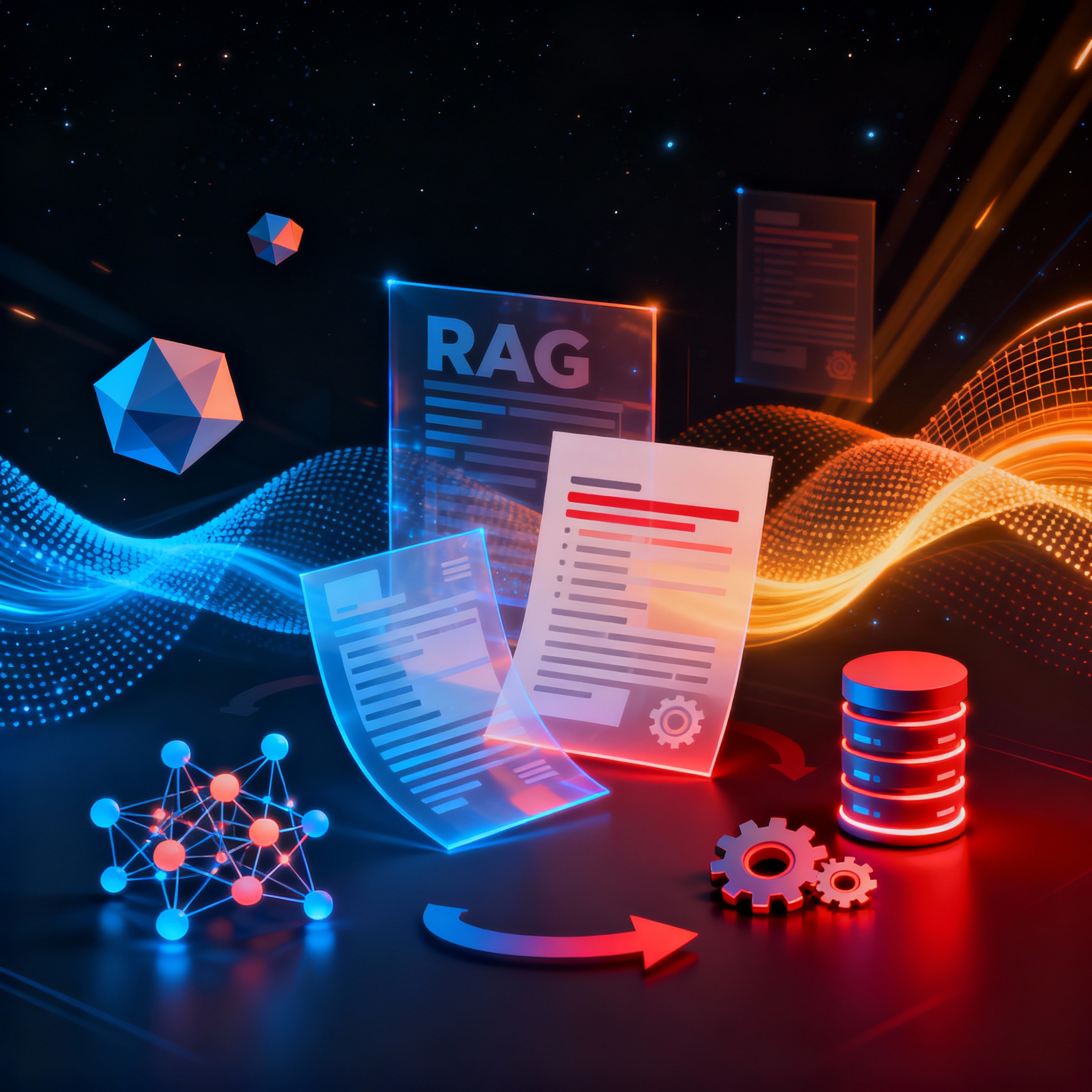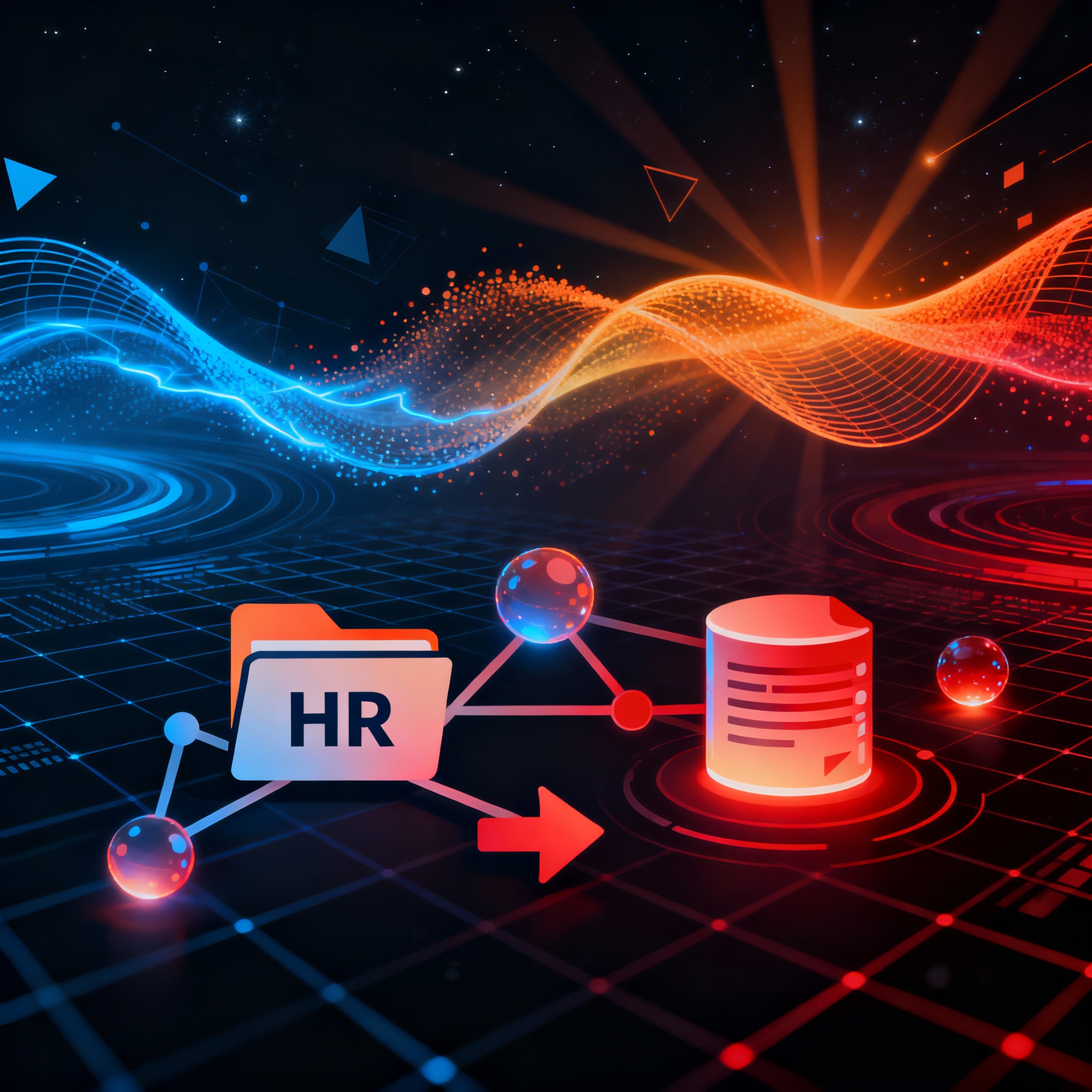
Implementing RAG for Insurance Claims Processing Automation: A Developer's Guide
Implementing RAG for Insurance Claims Processing Automation: A Developer's Guide
Imagine a bustling insurance office where claims adjusters sift through stacks of documents, cross-referencing policy details against accident reports and medical records. One minor error could delay payouts for weeks, frustrating customers and inflating operational costs. This scenario plays out daily in the industry, but Retrieval-Augmented Generation (RAG) is changing the game by automating these tedious tasks with precision and speed.
As a technical blog writer for ChatRAG—a Next.js boilerplate designed for launching chatbot-agent SaaS businesses—I've seen how RAG empowers developers to create intelligent systems that handle complex queries with ease. In this guide, we'll dive into implementing RAG specifically for insurance claims processing automation. We'll cover the basics, step-by-step implementation, practical examples, potential challenges, and key takeaways to get you started.
Understanding RAG and Its Role in Insurance
Retrieval-Augmented Generation isn't just another AI buzzword; it's a hybrid approach that enhances large language models (LLMs) by pulling in relevant external data during the generation process. At its core, RAG works by retrieving pertinent information from a knowledge base and feeding it into an LLM to produce informed responses. This is particularly useful in insurance, where claims processing demands accuracy, compliance, and quick turnaround times.
In the context of claims automation, RAG can scan vast databases of policy documents, historical claims, and regulatory guidelines to assist in decision-making. For instance, when a claim is submitted, RAG can retrieve similar past cases and generate a preliminary assessment, reducing human intervention. According to a comprehensive survey on RAG architectures, this method improves robustness by minimizing hallucinations—those pesky AI-generated inaccuracies—making it ideal for high-stakes fields like insurance.
Why does this matter for claims processing? Traditional methods rely on rule-based systems or manual reviews, which are prone to errors and bottlenecks. RAG, on the other hand, adapts dynamically, learning from retrieved data to handle edge cases like fraudulent claims or unusual policy clauses.
Benefits of RAG in Automating Insurance Claims
Adopting RAG brings tangible advantages to insurance workflows. First, it accelerates processing times. Claims that once took days can now be evaluated in minutes, as the system retrieves and analyzes relevant documents instantly.
Accuracy is another major win. By grounding responses in real data, RAG reduces errors in claim validations. Research on AI agents for claims automation highlights how such systems can detect inconsistencies in submissions, flagging potential fraud before it escalates.
Cost savings follow suit. Automating routine tasks frees up adjusters for complex cases, potentially cutting operational expenses by 20-30%. Moreover, RAG ensures compliance by cross-referencing claims against up-to-date regulations, avoiding costly penalties.
From a customer perspective, faster resolutions mean higher satisfaction. Imagine a policyholder uploading accident photos via a chatbot; RAG could retrieve policy terms, assess damage, and even initiate payouts—all without human delay.
Step-by-Step Guide to Implementing RAG for Claims Processing
Ready to build? Let's break down the implementation process. This guide assumes familiarity with AI tools, but we'll keep it actionable for developers using frameworks like ChatRAG.
Step 1: Set Up Your Knowledge Base
Start by curating a robust vector database. Tools like Pinecone or FAISS work well for storing embeddings of insurance documents, such as policies, claim forms, and legal texts. Ingest data from PDFs, databases, or APIs, then generate embeddings using models like Sentence Transformers.
For insurance-specific needs, focus on structuring data hierarchically—group by policy type, claim category, or region. This ensures efficient retrieval. Insights from a study on RAG in reinsurance governance emphasize the importance of data quality for reliable outcomes.
Step 2: Integrate Retrieval Mechanisms
Next, implement the retrieval component. Use cosine similarity or semantic search to fetch top-k relevant documents based on user queries. For a claims chatbot, a query like "Assess this auto accident claim" would pull matching policy excerpts and historical data.
In code, this might look like:
from langchain.vectorstores import FAISS
from langchain.embeddings import OpenAIEmbeddings
embeddings = OpenAIEmbeddings()
vectorstore = FAISS.from_documents(documents, embeddings)
retriever = vectorstore.as_retriever(search_kwargs={"k": 5})
This setup retrieves the most relevant chunks, which you then pass to the generation model.
Step 3: Augment Generation with LLMs
Now, feed retrieved data into an LLM like GPT-4 or Llama 2. Prompt engineering is key here—craft prompts that instruct the model to base outputs strictly on retrieved info.
A sample prompt: "Using the following context: {retrieved_docs}, evaluate this claim for validity and recommend next steps."
Drawing from findings on RAG enhancements, incorporate techniques like reranking retrieved results for better relevance.
Step 4: Build the User Interface
Leverage ChatRAG's Next.js boilerplate to create a seamless chatbot interface. Integrate the RAG pipeline via APIs, allowing users to submit claims through conversational flows. Add features like document upload and real-time feedback.
For scalability, deploy on cloud platforms like Vercel, ensuring the system handles high volumes of claims without latency.
Step 5: Test and Iterate
Rigorous testing is crucial. Simulate various claim scenarios, from straightforward approvals to disputed cases. Monitor for biases and refine your embeddings as needed. A case study on insurance policy review automation demonstrates how prompt engineering can boost accuracy in similar setups.
Practical Examples and Case Studies
Let's ground this in reality. Consider a health insurance provider using RAG to process medical claims. The system retrieves patient history, policy limits, and treatment guidelines to auto-approve routine reimbursements. In one documented instance, this cut processing time by 40%, as per industry benchmarks.
Another example: Auto insurance. When a driver submits a claim with photos and descriptions, RAG cross-references against repair cost databases and accident reports. Explorations in RAG for specialized applications show how such integrations lead to more equitable claim settlements.
ChatRAG users have built similar agents, embedding RAG into SaaS platforms for insurers. One developer reported deploying a claims bot that handles inquiries 24/7, reducing support tickets by half.
Overcoming Challenges in RAG Implementation
No solution is without hurdles. Data privacy is paramount in insurance—ensure compliance with GDPR or HIPAA by anonymizing sensitive info in your knowledge base.
Scalability can be an issue with large datasets; optimize by chunking documents and using efficient indexing.
Hallucinations, though reduced, aren't eliminated. Mitigate this with hybrid approaches, combining RAG with rule-based checks.
Finally, integration with legacy systems might require custom APIs. Start small, piloting RAG on a subset of claims before full rollout.
Conclusion: Key Takeaways for Developers
Implementing RAG for insurance claims processing automation isn't just about tech—it's about transforming inefficiency into opportunity. By following this guide, you can build systems that are faster, more accurate, and customer-friendly.
Key takeaways:
- Focus on Data Quality: A strong knowledge base is the foundation of effective RAG.
- Prioritize Prompt Engineering: Tailor prompts to your domain for optimal results.
- Test Thoroughly: Simulate real-world scenarios to ensure reliability.
- Leverage Tools Like ChatRAG: For quick deployment of chatbot agents in SaaS environments.
- Stay Updated: Keep an eye on evolving research to refine your implementations.
With RAG, the future of insurance claims looks automated and efficient. Dive in, experiment, and watch your systems evolve.
Ready to build your AI chatbot SaaS?
ChatRAG provides the complete Next.js boilerplate to launch your chatbot-agent business in hours, not months.
Get ChatRAGRelated Articles

The HR Knowledge Management Challenge RAG Was Built to Solve
Human resources teams often struggle with vast amounts of scattered information, leading to inefficiencies and employee frustration. Retrieval-Augmented Generation (RAG) offers a targeted solution by combining AI retrieval with generation for accurate, context-aware responses. This post delves into how RAG can streamline HR processes and enhance knowledge accessibility.

The Hotel Revenue Management Challenge RAG Was Built to Solve
Hotel revenue managers face constant pressure from fluctuating demand, external events, and the need for precise forecasting. Retrieval-Augmented Generation (RAG) offers a solution by integrating real-time data retrieval with generative AI, enabling more accurate decisions. This post dives into how RAG can enhance upselling, forecasting, and overall efficiency in the hospitality sector.

Implementing RAG in Financial Fraud Detection: A Developer's Guide
Financial institutions lose billions annually to fraud, but emerging AI techniques like Retrieval-Augmented Generation (RAG) offer a powerful way to stay ahead. In this guide, we delve into how RAG integrates real-time data retrieval with generative AI to detect anomalies and prevent scams. Developers will find step-by-step insights to implement these systems effectively.